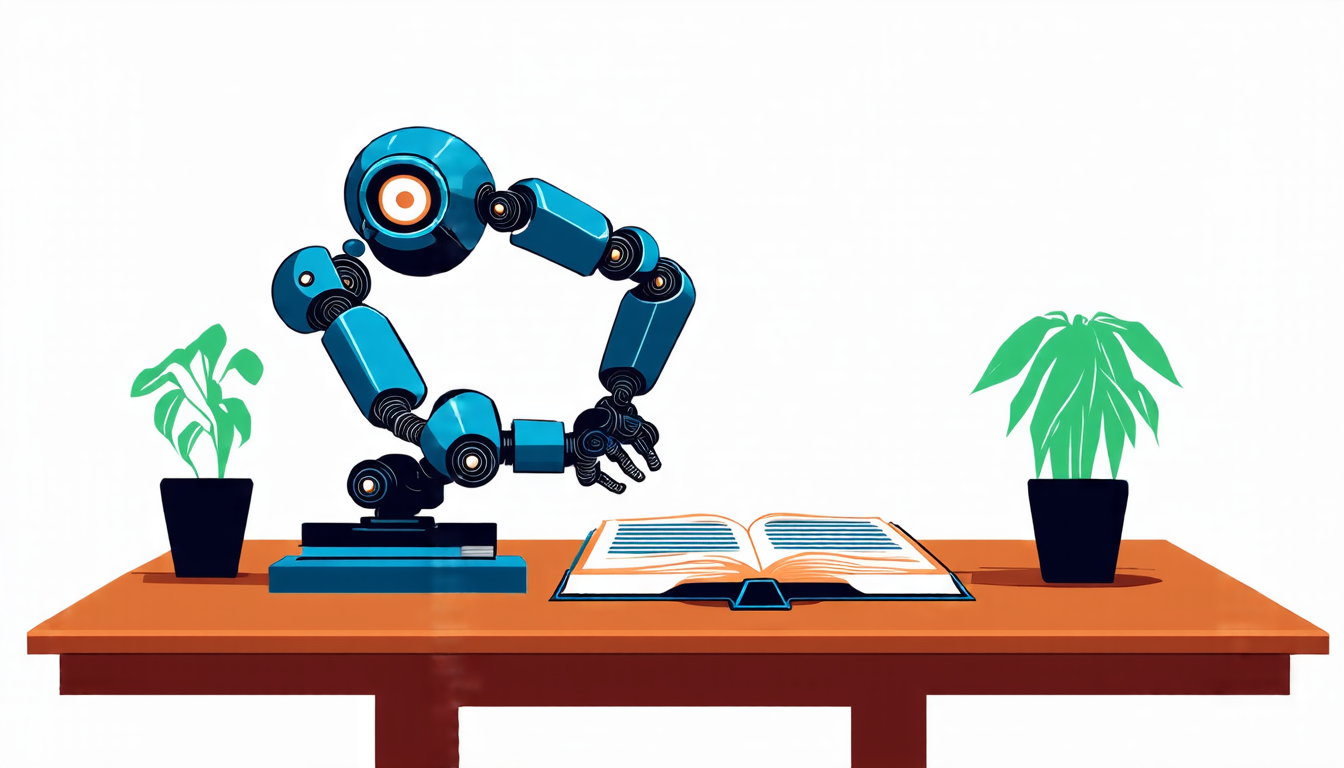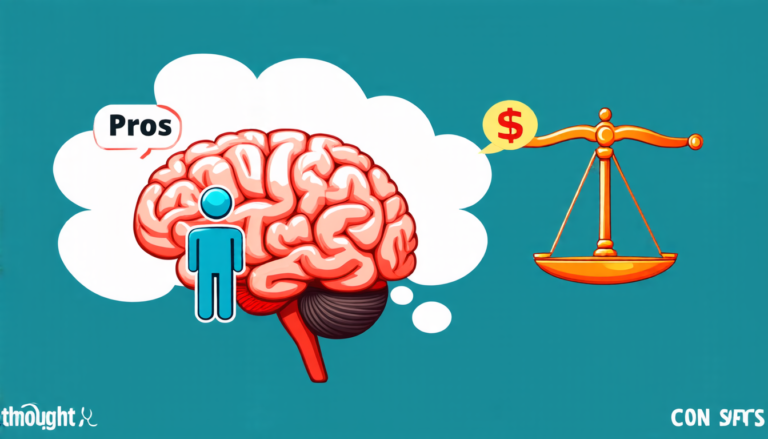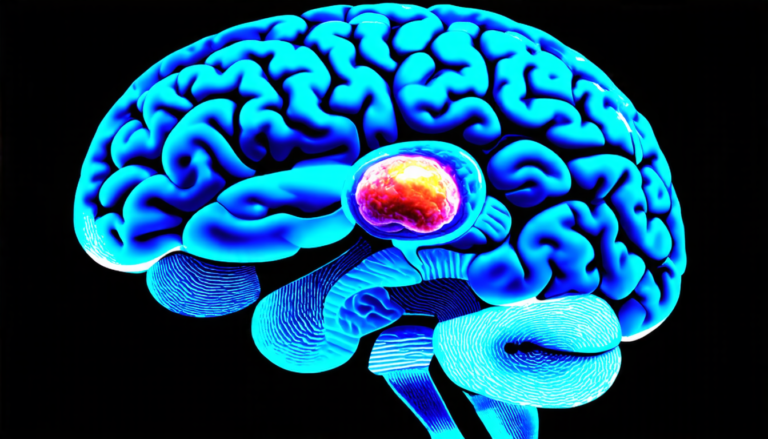Saturday 22 November 2025
The pursuit of Artificial General Intelligence (AGI) has long been a topic of fascination and concern for scientists, ethicists, and the general public alike. One crucial step towards achieving AGI is the development of embodied AI agents that can interact with and learn from their physical environments. In recent years, researchers have made significant progress in this area by integrating large language models (LLMs) with multimodal capabilities, allowing them to perceive and respond to visual cues.
However, existing approaches have been limited by several key challenges. For instance, LLMs are often designed with a focus on text-based tasks and struggle to generalize to real-world scenarios where objects, actions, and environments are more complex. Furthermore, the evaluation metrics used to assess these models’ performance are often based on simplified simulations or offline data, which can lead to a disconnect between model design and agent requirements.
To address these limitations, researchers have proposed EmbodiedBrain, a novel vision-language foundation model that combines an agent- aligned data structure with a powerful training methodology. This approach integrates large-scale Supervised Fine-Tuning (SFT) with Step-Augmented Group Relative Policy Optimization (Step-GRPO), which boosts long-horizon task success by incorporating preceding steps as guided precursors.
In addition to its technical advancements, EmbodiedBrain also features a comprehensive reward system that accelerates training efficiency. This includes a Generative Reward Model (GRM) that is designed to encourage agents to explore their environments and engage in meaningful interactions with objects and actions.
To evaluate the effectiveness of EmbodiedBrain, researchers have developed a three-part evaluation system consisting of General, Planning, and End-to-End Simulation Benchmarks. These benchmarks assess an agent’s ability to understand its surroundings, generate effective plans, and execute tasks in a realistic manner.
Experimental results demonstrate that EmbodiedBrain achieves superior performance across all metrics, establishing a new state-of-the-art for embodied foundation models. By providing a more robust and flexible framework for developing AGI agents, EmbodiedBrain has the potential to pave the way for the next generation of generalist embodied agents.
In practical terms, this technology could be used to develop robots that can assist humans in various tasks, such as search and rescue operations or domestic chores. It could also enable machines to learn from their environments and adapt to new situations, making them more versatile and effective tools in a wide range of applications.
Overall, the development of EmbodiedBrain represents an important milestone in the pursuit of AGI.
Cite this article: “EmbodiedBrain: A Novel Foundation Model for Achieving Artificial General Intelligence”, The Science Archive, 2025.
Artificial General Intelligence, Embodied Ai, Language Models, Multimodal Capabilities, Vision-Language Foundation Model, Supervised Fine-Tuning, Step-Augmented Group Relative Policy Optimization, Generative Reward Model, Embodied Agents, Robotics







